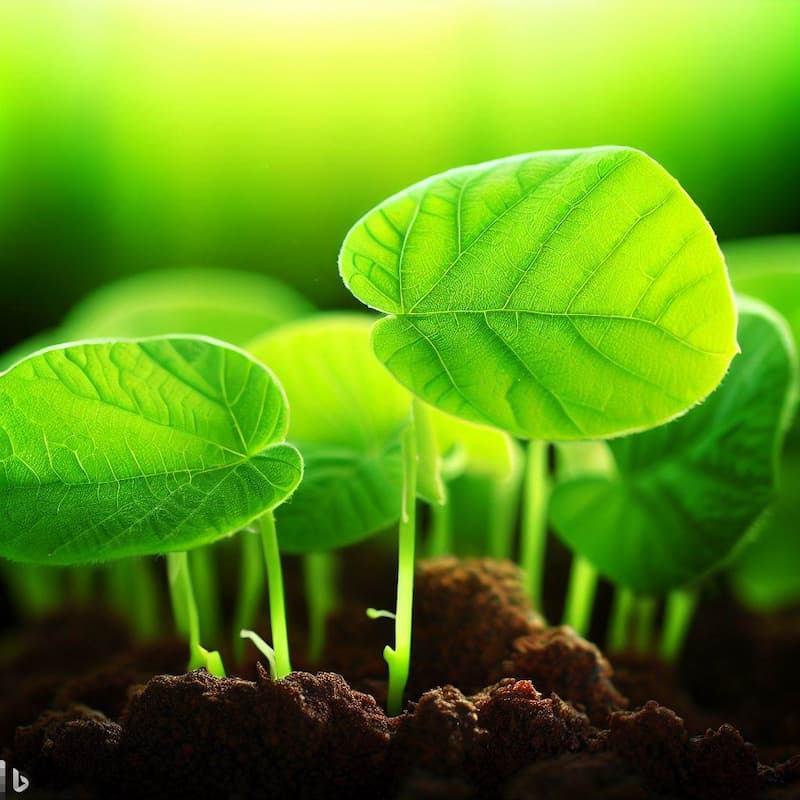What is a nitrate ion?
What is a nitrate ion?
A nitrate ion is a molecule that consists of one nitrogen atom and three oxygen atoms, with a charge of -1. It is a common form of nitrogen that is found in soil, water, and air.
How is nitrate ion formed?
Nitrate ion is formed through a process called nitrification, which occurs when bacteria in the soil convert ammonium ions into nitrite ions, and then into nitrate ions. Nitrate can also be formed through atmospheric deposition, which is the process of nitrogen compounds being deposited onto the earth’s surface through rain or snow.
What is the role of nitrate in plant growth?
Measure Nitrate ion is an essential nutrient for plant growth, as it is a major component of chlorophyll, which is responsible for photosynthesis. It is also involved in the production of amino acids, which are the building blocks of proteins.
How do plants absorb nitrate?
Plants absorb nitrate ion through their roots, where it is transported to the leaves and other parts of the plant. Nitrate ion uptake is regulated by a complex system of transporters and enzymes, which ensure that the plant takes up the right amount of nitrate for optimal growth.
What are the sources of nitrate ion in agriculture?
Nitrate ion is commonly used as a fertilizer in agriculture, as it is an important nutrient for plant growth. It can be applied to the soil in the form of ammonium nitrate, potassium nitrate, or calcium nitrate. Nitrate can also be found in animal manure, which is often used as a natural fertilizer.
What are the environmental concerns associated with nitrate?
Excessive use of nitrate fertilizers can lead to nitrate pollution in waterways, which can cause harmful algal blooms and other environmental problems. Nitrate pollution can also lead to health problems in humans, as high levels of nitrate in drinking water can cause methemoglobinemia, a condition that reduces the blood’s ability to carry oxygen.
How can nitrate pollution be reduced?
To reduce nitrate pollution, farmers can use best management practices such as precision agriculture, which involves using technology to apply fertilizers more efficiently. Other strategies include planting cover crops, reducing tillage, and using organic fertilizers. In addition, individuals can reduce their own nitrate footprint by using water-efficient appliances, reducing meat consumption, and properly disposing of hazardous waste.



